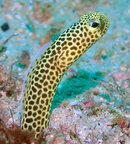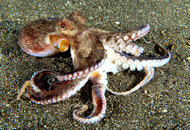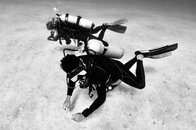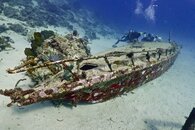David Haas
Contributor
I've chatted many times with Devon too......
Another insight on o-ring grease he said you CAN use the silicone grease on SILICONE colored o-rings AND regular BUNA rubber ones but NOT the other way around (!!!!!!!)
I've done this with my YELLOW Inon strobe o-rings using the Inon grease on the YELLOW silicone o-ring plus on my BLACK BUNA rubber Fantasea housing's rear o-ring. So far no problem
I'm on the fence but mostly agreeing with cerich the Sea and Sea BLUE silicone o-rings when used with the proper specific silicone grease last a long time if not stored compressed.
Devon has likely seen a lot of gear in decades of service work and may be trying to solve what he sees as a long term problem simplifying a solution by a different (maybe BUNA rubber?) o-ring.
People on trips with Sea and Sea strobes (and occasionally a housing) use BLUE silicone o-rings and the yellow tube Sea and Sea grease.
Just one old guy's opinion
David Haas





Another insight on o-ring grease he said you CAN use the silicone grease on SILICONE colored o-rings AND regular BUNA rubber ones but NOT the other way around (!!!!!!!)
I've done this with my YELLOW Inon strobe o-rings using the Inon grease on the YELLOW silicone o-ring plus on my BLACK BUNA rubber Fantasea housing's rear o-ring. So far no problem
I'm on the fence but mostly agreeing with cerich the Sea and Sea BLUE silicone o-rings when used with the proper specific silicone grease last a long time if not stored compressed.
Devon has likely seen a lot of gear in decades of service work and may be trying to solve what he sees as a long term problem simplifying a solution by a different (maybe BUNA rubber?) o-ring.
People on trips with Sea and Sea strobes (and occasionally a housing) use BLUE silicone o-rings and the yellow tube Sea and Sea grease.
Just one old guy's opinion
David Haas








